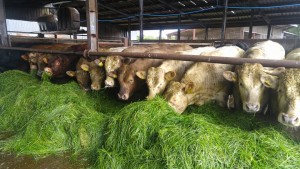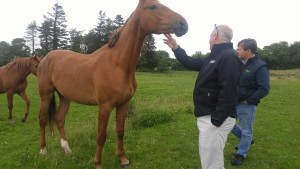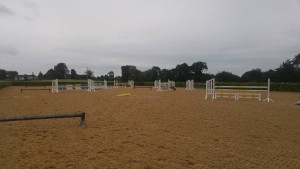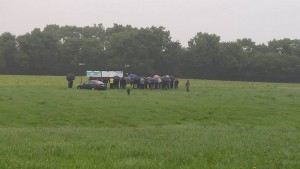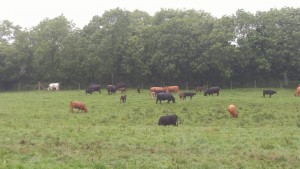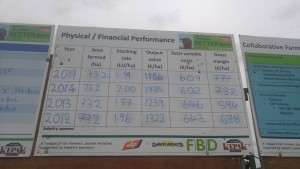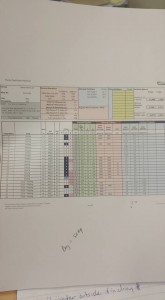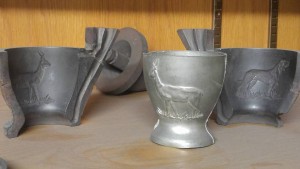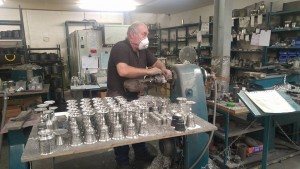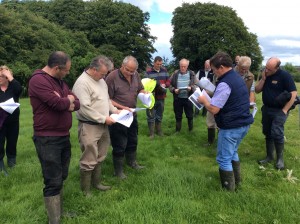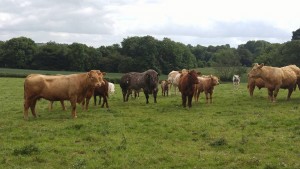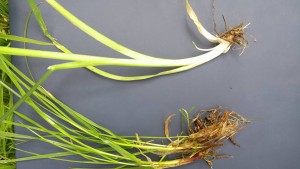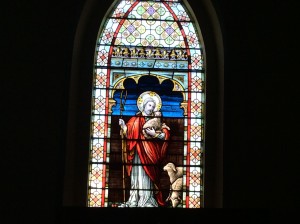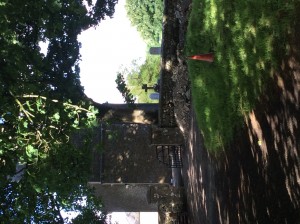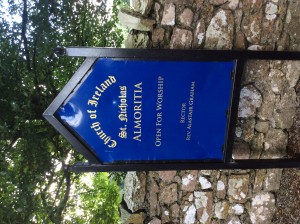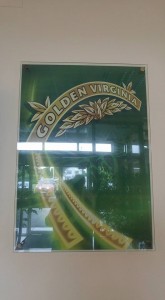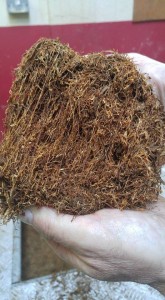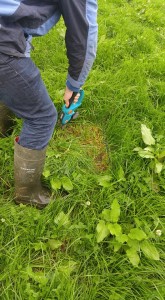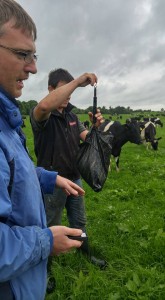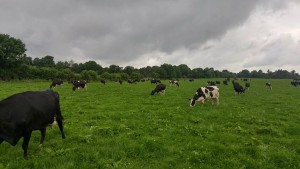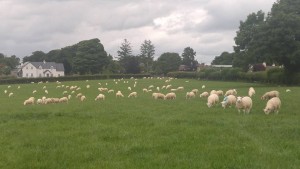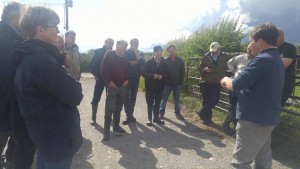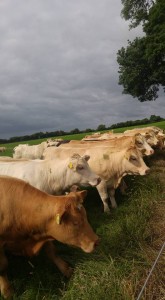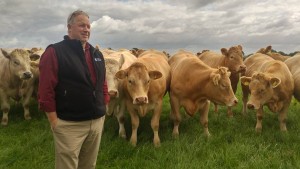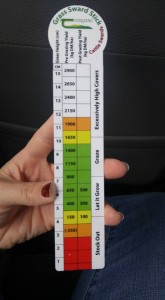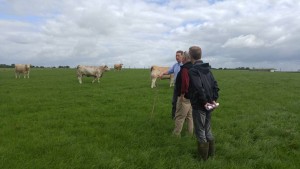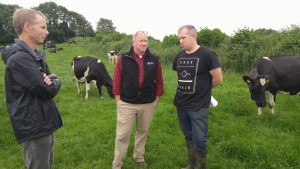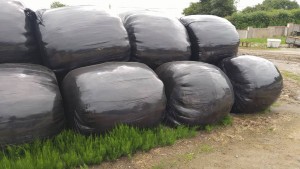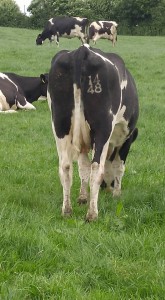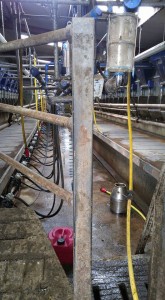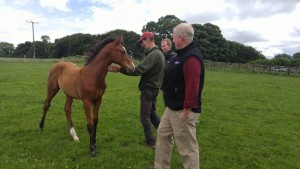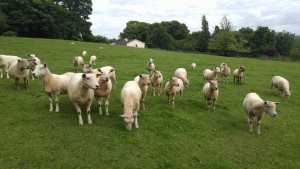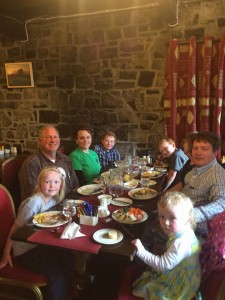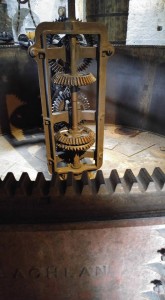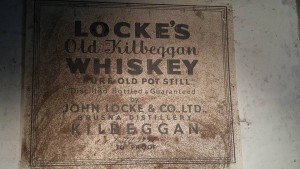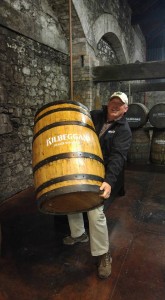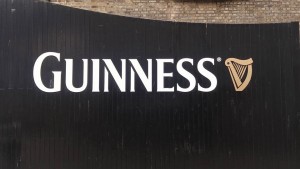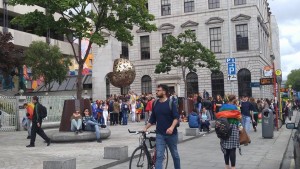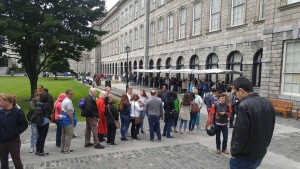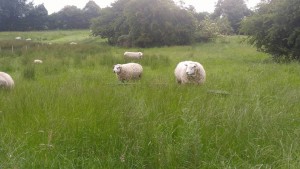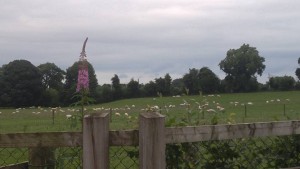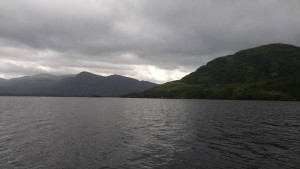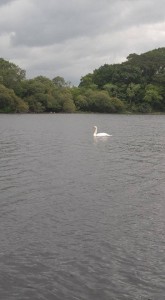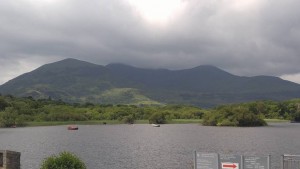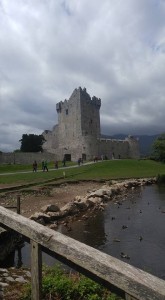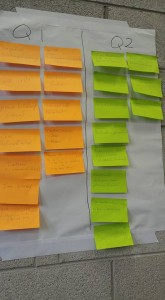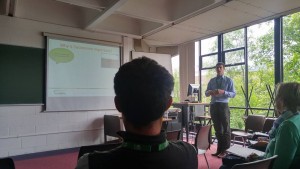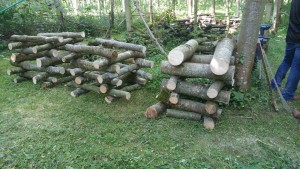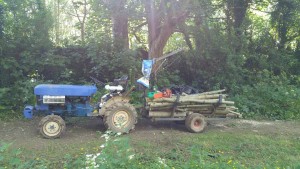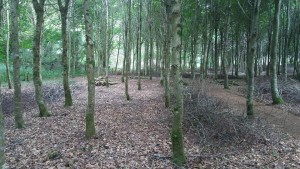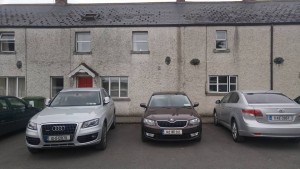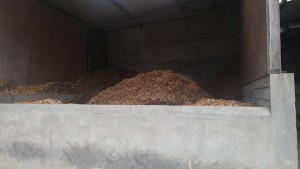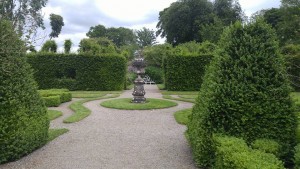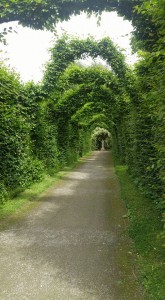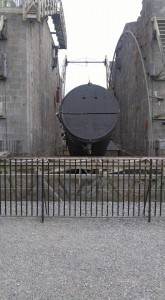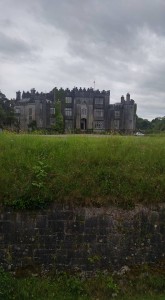David Webster, TEAGASC Advisor who visited us in Virginia, has now brought us to Mullingar to his area. We woke up to the announcement that England voted to leave the EU and spent rest of the day listening to everyone being very concerned what this would mean for Ireland.
We had a busy and rainy day! We started our day at a mushroom farm visiting Pascal Seery and his son Shane. They have 6 tunnels and grow white mushrooms for primarily export market. Most of his mushrooms go to the UK and due to the drop in currency he will immediately receive a decrease in pay. In late 1980s and 1990s, a big push for mushroom farming took place. At one time in Ireland, there was over 1,000 mushroom farmers. Due to efficiencys and markets, now there is only 75 in Ireland. The Seery Family employs 30 people for labor picking and they sell 10 different sizes of mushrooms. The farm has to have four different adults including Global GAP. They sell to TELSCO, Wal-Mart of the U.K. & Ireland, who require their own inspectors to come do inspections. In addition to mushrooms, the family also finishes bulls for slaughter.
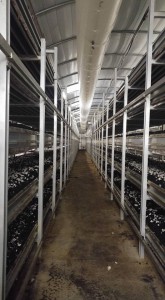
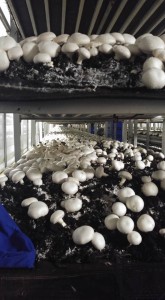
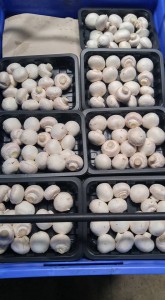
Next, we traveled to the Kepak Meat Processing Plant. In Ireland, slaughter takes places separately from the processing and packaging of meat. The company has 4 different facilties for processing meat. They work directly with farmers and have an excellent traceability system. Animals will carry an identifation number with them from birth all the way to the packaging floor. Growers receive feed back on how well their animals did in processing. The company is focused on exports as 90% of the beef in Ireland is exported and 70% of the sheep. Majority of their export market is the United Kingdom and one major buyers is TELSCO. The company is still family owned, but does 800 million euros of business in a year. The company has had issues acquired skilled butchers and has been sourcing workers from Brazil and Poland. To enter the facility, we had to dress into their clothing and boots, wash our hands, allow a machine put alcohol on our hands, and walk through a foot bath. Unfortunately, I was not allowed to take pictures inside the plant!! However, the plant was amazing and has a wonderful set up.
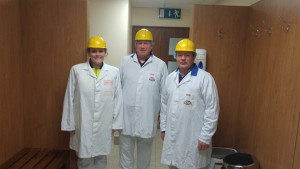
We then traveled to visit Willie Fox who participates in one of David’s discussion groups and his nephew Huge. Willie has 300 ewes and 80 ewe lambs for replacements. He sells directly to Kepak and participates in their Quality Assurance Program. In their program, he receives a premium, but does have to have inspections from the company. Ireland has more regulations for farmers then compared to the U.S. Growers must tag and register every animal born on their farm. They also are not allowed to dispose of a dead animal themselves. Willie’s paperwork and level of management for the premium is as much as vegetable and fruit producers in U.S. Willie has to keep records on everything from where he bought inputs with copies or receipts, paperwork showing he took dead animals to proper disposal facility, paperwork showing he properly disposed of needles, vet records signed by the vet, and about anything else you can think of. He also has to keep things storage in a specific way with a separate refrigerator for medications, separate area and sign for any other medications that do not require medications, and proper running water. Willie also has a fantastic trailer for his sheep that even has a compartment to collect all urine and manure when traveling.
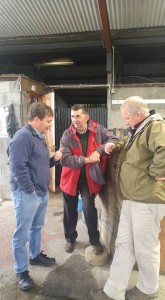
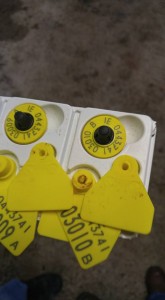
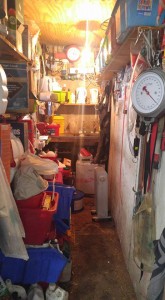
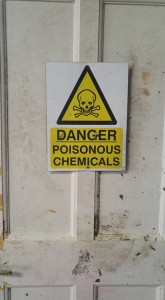
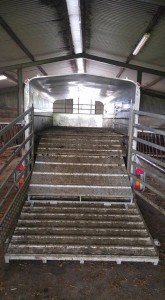
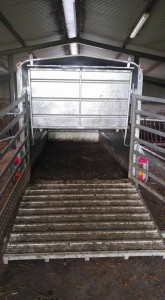
Finally, we traveled to meet Frank Seery (Pascal’s brother) who raises bull beef very intensively. Frank finishes 400 bulls a year at his farm that is 148 acres. Bull beef is preferred in many European markets compared to steers due to leanness. Bulls can be aggressive and the system can be hard to do correctly. Frank has been doing bull beef for 10 years and sells directly to the Kepak plant. He buys weaned bull calves and grazes the bulls for 120 days then finishes them inside his sheds for another 120 days. Instead of feeding them sillage/haylage, Frank cuts fresh grass everyday to feed to the bulls in sheds. They also receive a mixture of rolled barley, soybean mill, and disterllers grain in the sheds. Frank keeps his bulls in groups of 20 to 25 and groups them based on size to lower the amount of aggression. Frank also deals with inspections and intensive paperwork.
